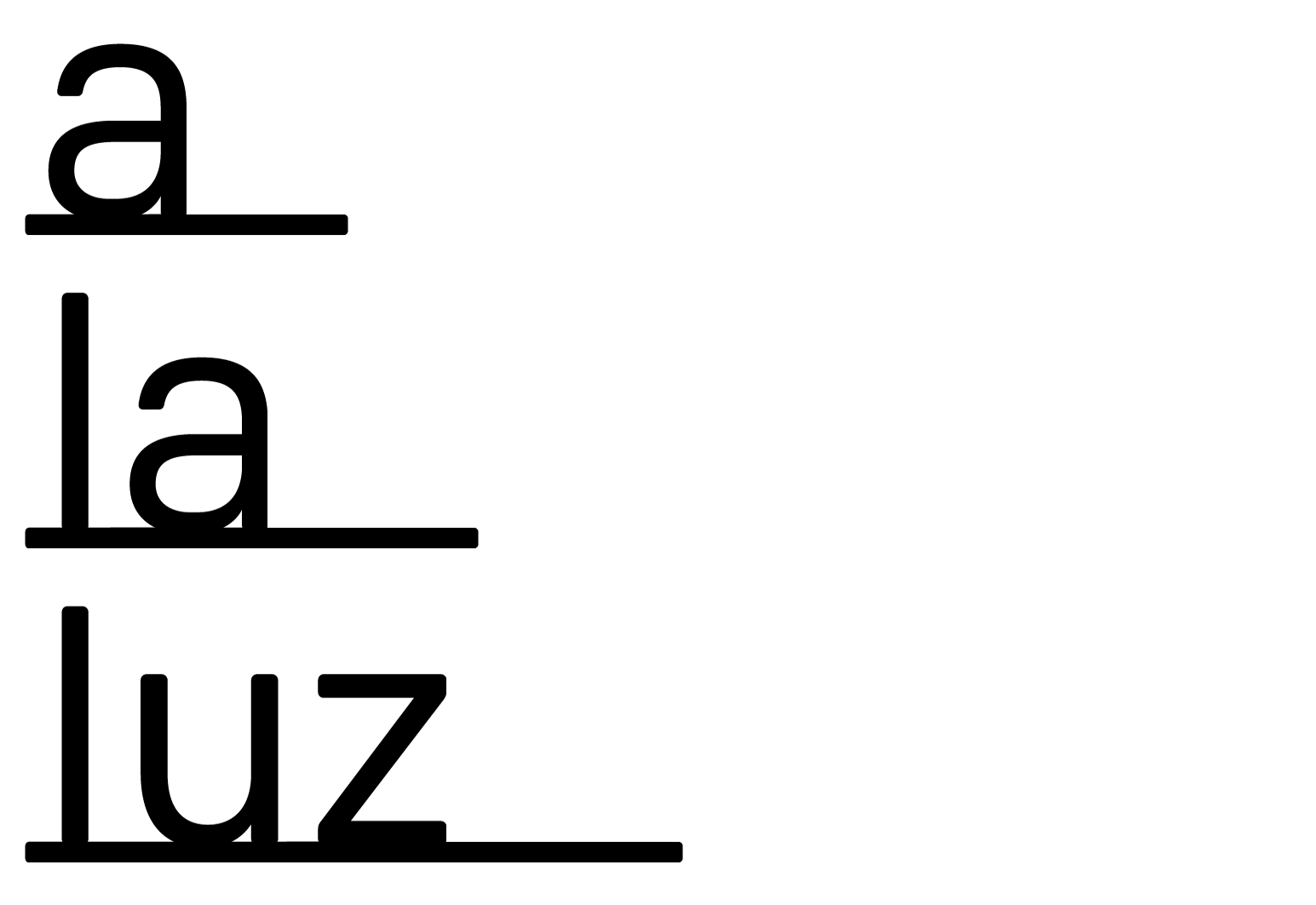Art in an Emergency

Katy Nixon on Olivia Laing’s Funny Weather: Art in an Emergency
During lockdown I initially expected, like most of social media seemed to be doing, that I would spend my time furloughed immersed in creative productivity. Instead I found that my concentration levels have moved at best between vicariously living through Real Housewives of New York City and falling down the rabbit hole of the bottomless Twitter scroll. The pile of books I had curated beside my bed have – for the most part – remained untouched, gathering dust like a monument to guilt and procrastination. The walls of my flat have remained unpainted and my teenage son and his almost-teenage sister seem only to have been home-schooled in how to effectively use swear words to make a point.
Funny Weather: Art in an Emergency has been a welcome distraction in these uncertain times. The collection of essays and articles by Olivia Laing on art of all kinds is an easily digested love song to the power of creativity. Laing writes in an accessible way, linking artists’ lifeworks to social change and the current threats we face. Her clear passion and admiration for the necessity of art is infectious. I know little about art history, but I found myself googling the subject of each essay to see their work and relate it to the questions about life that Laing raises throughout the book.
For someone who has been consistently distracted by the anxiety of our current situation I found this book a relief – like the friend who understands you deeply in just a few words, without judgement. I managed to commit to essays and articles over my morning coffee, feeling as though I had been immersed in something with substance.
I found particularly moving an article on David Wojnarwicz, the artist that Olivia Laing partly took the title of the book from, Funny Weather. Something he said stayed with me: ‘Some of us are born with the cross-hairs of a rifle scope printed on our backs or skulls’. It felt so literal to this space in time, thinking about the vital Black Lives Matters movement, the continued fight for the basic safety and rights that many of us have never had to face, protected by different privileges. David Wojnarwicz was talking about his sexuality, about the AIDS epidemic in the 1980s, which only serves to demonstrate the precarious shifting sands we walk across when looking at social change. In my own lifetime the progress that has been made cannot be taken as certain and immovable or more importantly as enough.
The fight we have on our hands for social justice is not just that of a human nature but also an environmental and a technological one. We exist on a planet that has had enough of its greedy, ungrateful inhabitants and has been sending less than subtle hints there may be an eviction soon. Instead we focus on developing technology that furthers the chasm between us and nature, weakening even more the connection to each other. Lockdown has also reiterated the fact that we need the Earth, it does not need us – as shown by the clear skies above Los Angeles during lockdown, the wildlife flourishing everywhere or the crystal-clear waters and beaches of Blackpool. Technology has simultaneously made us more aware of the plights we face and distanced us from each other and the planet we rely on. Laing expertly highlights the tangled mess of contradictions we need to navigate. In the essay ‘Feral’ she looks at her personal experience of nature and trying to protect an environment that is being hunted and damaged by capitalism, her experience of trying to find a balance between nature and community. ‘The Abandoned Person’s Tale’, an essay about immigration and detention in the UK has stayed with me, Laing writes: ‘So imagine a country founded on kindness, a country that treats desperate strangers with respect. And now we come to the question that haunts me. What could you have become in that good imagined place? What would you have done with your beautiful life?’
This book brings together the significance of the culture we share through art. The importance of the stories we tell – whether on canvas, in words or through the structures we build to connect with each other. I will never forget after going through a difficult break-up, chancing upon the portrait Diego and I. It shows Frida Kahlo crying with Diego painted as her third eye. I looked at it, feeling like she understood the hurt and betrayal I was feeling. I wasn’t alone. The things we go through, played through different lenses could be the thing that binds us in our push forward to a better world.
It might not feel like it just now, but there is hope and Olivia Laing’s beautiful book sings this from every page. Laing quotes Ali Smith in the chapter ‘Four Women’ – ‘Art is one of the prime ways we have of opening ourselves and going beyond ourselves. That’s what art is, it’s the product of the human being in the world and imagination, all coming together.’
If you are looking for a hand to hold through this tumultuous time I can’t recommend Funny Weather: Art In An Emergency enough.
Katy Nixon is an Edinburgh based writer. Her plays Straight Outta Saughton, Then I Met You and Fingers explore gender and sexuality. She writes a monthly short story for The Leither and can be found on Twitter as @katynixon18.






